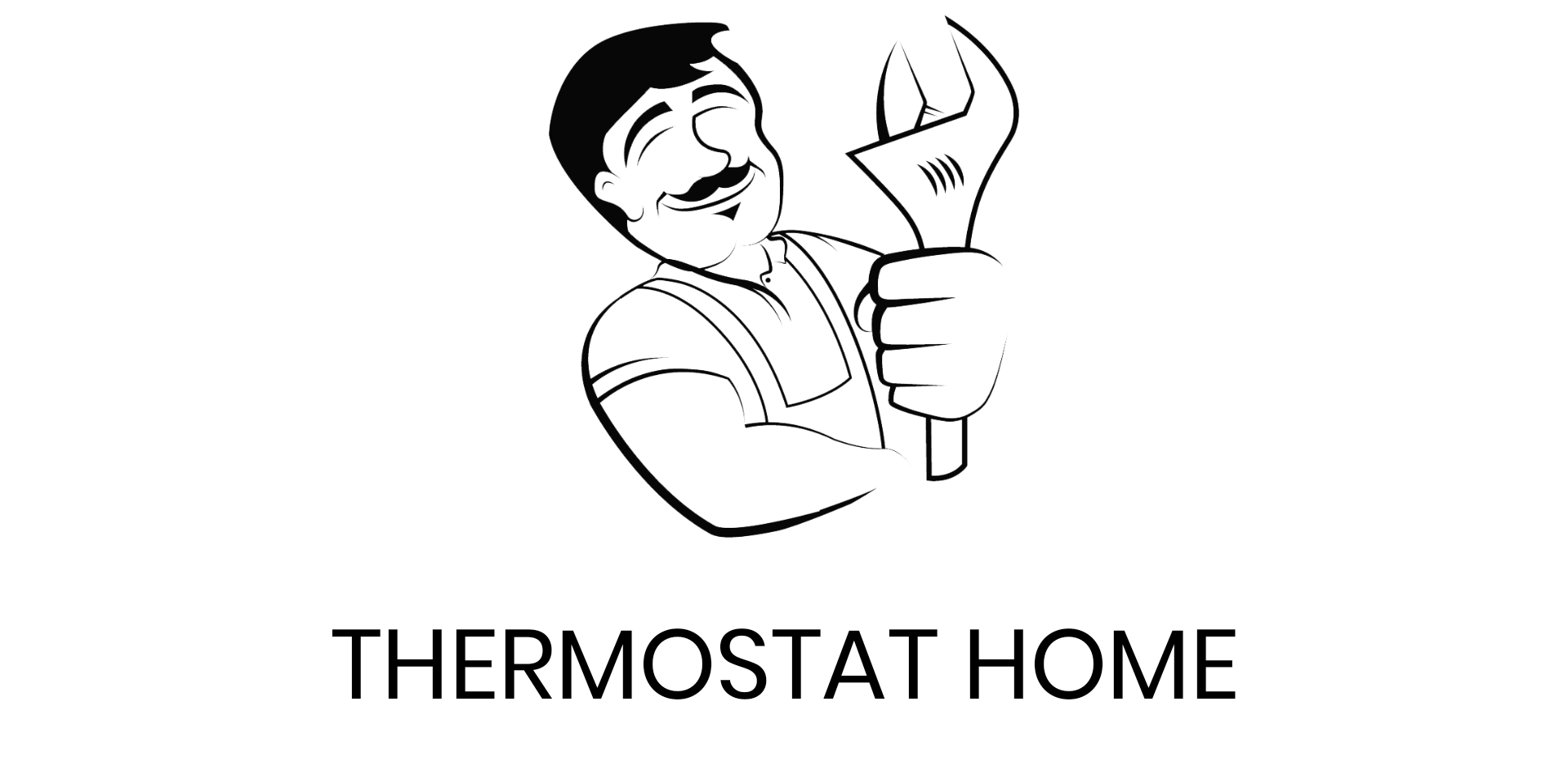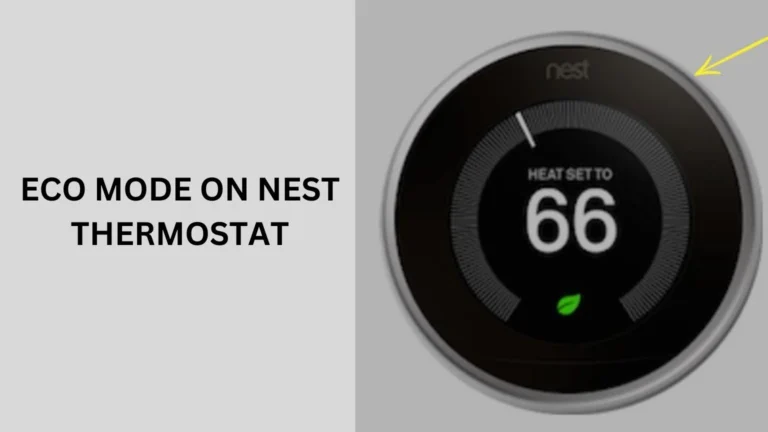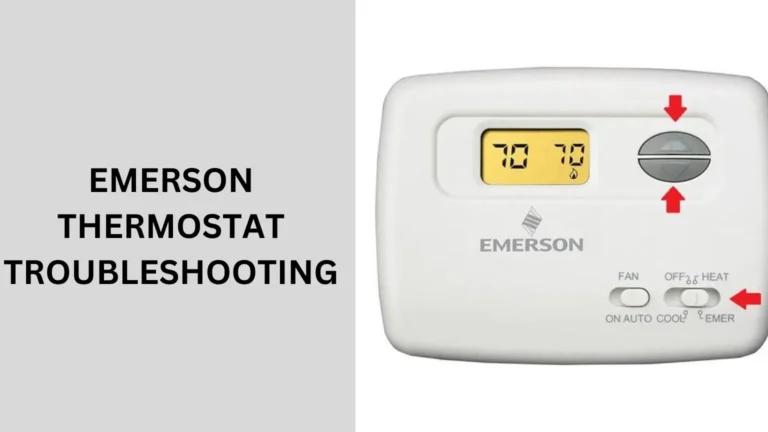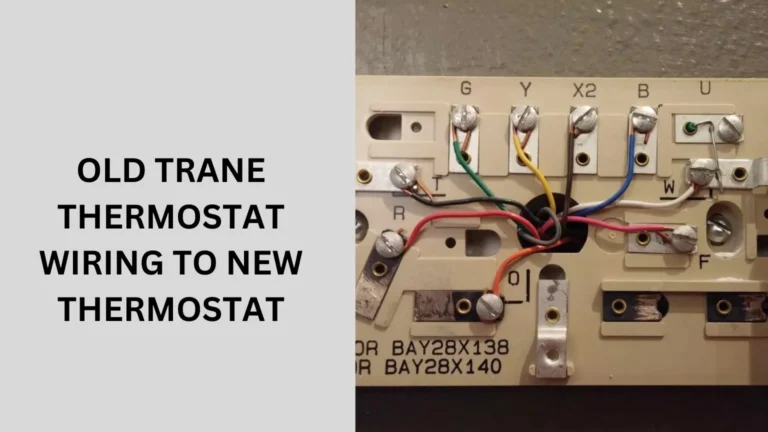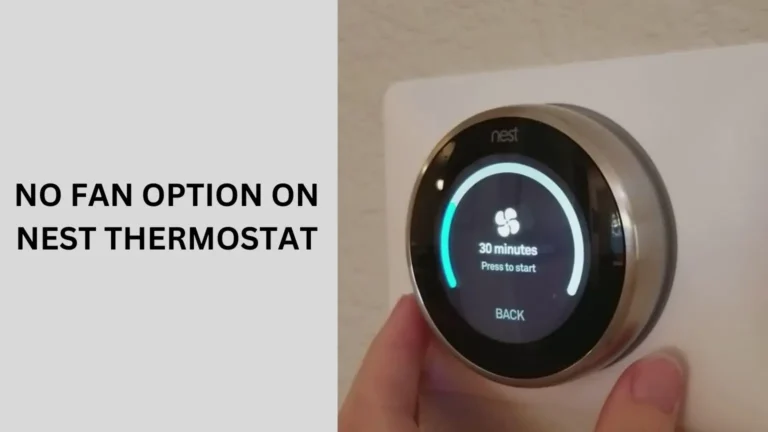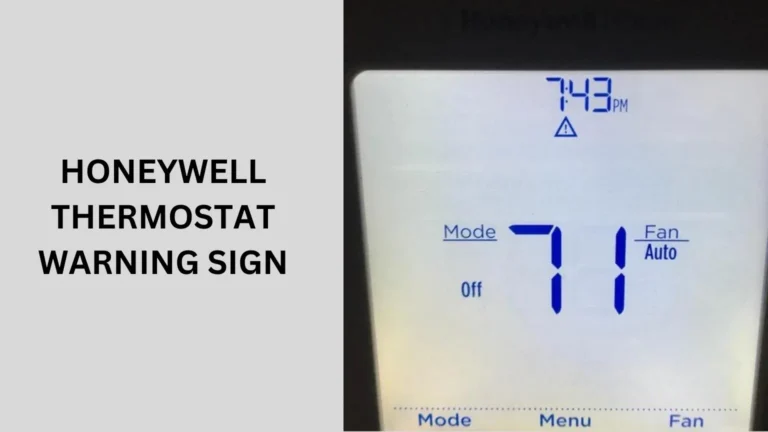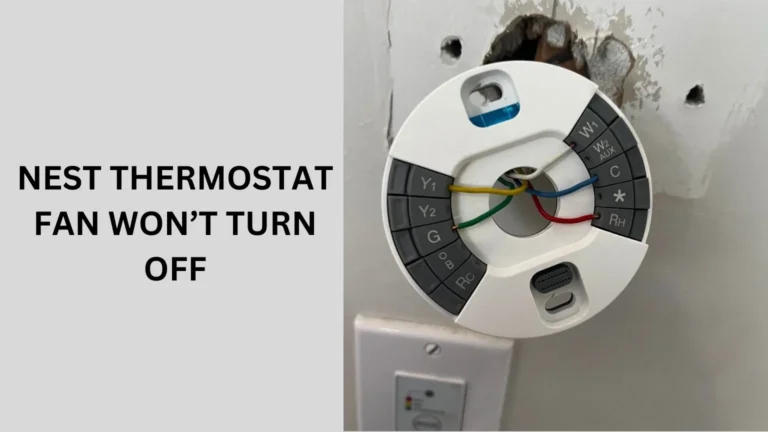Nest Heat Pump Orientation O or B Mode (Explained) 2024
Nest heat pumps have revolutionized home climate control, offering efficient heating and cooling solutions.
One crucial aspect of installing a Nest heat pump is determining the correct orientation—whether to set it to Nest Heat Pump Orientation O or B mode.
This decision can significantly impact the system’s performance, energy efficiency, and overall lifespan.
Let’s delve into the intricacies of Nest heat pump orientation to help you make informed choices for your home.
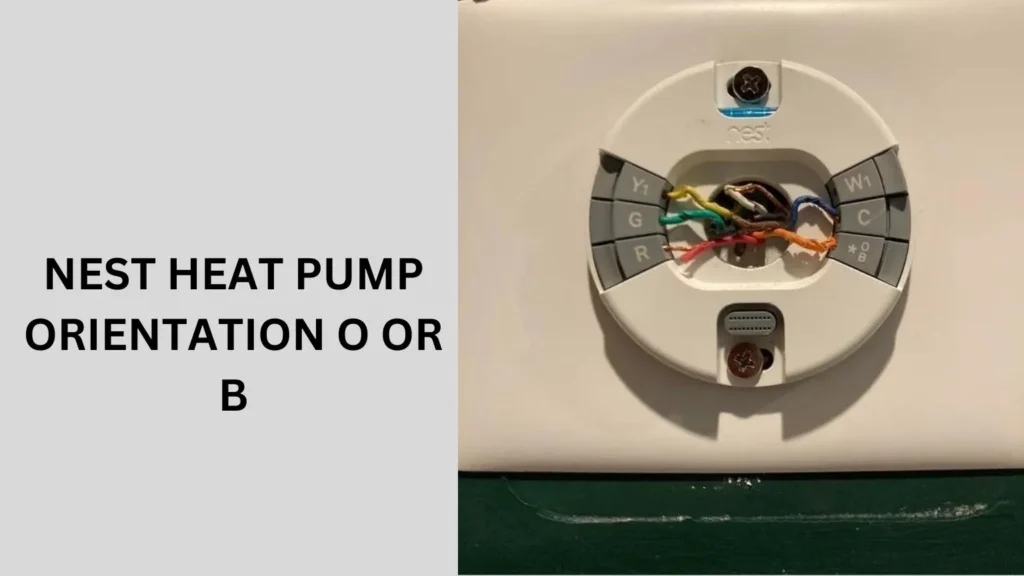
Introduction to Nest Heat Pumps
Nest heat pumps are innovative devices designed to provide comfortable indoor temperatures while optimizing energy consumption.
They operate by extracting heat from the air outside and transferring it indoors during colder months, and vice versa during warmer periods.
This intelligent system adapts to varying climate conditions, making it an ideal choice for modern homes seeking sustainable heating and cooling solutions.
Understanding Nest Heat Pump Orientation O or B Mode
The O and B modes in Nest heat pumps refer to the reversing valve settings, determining whether the system operates in heating or cooling mode.
O stands for “Orient” or “Odometer,” indicating the system is set for cooling, while B stands for “Backward” or “Burst,” signaling the heating mode.
Choosing the correct orientation is crucial for optimal performance and energy efficiency.
Factors such as climate, local temperature fluctuations, and the specific layout of your home influence the orientation decision.
In warmer regions, the O mode might be preferable for more extended cooling periods, while colder climates might benefit from the B mode to prioritize heating.
Benefits of Proper Orientation
Selecting the right orientation for your Nest heat pump offers several advantages. Firstly, it ensures the system operates efficiently, reducing energy consumption and utility costs.
Proper orientation also enhances the pump’s performance, maintaining consistent indoor comfort levels throughout the year.
Additionally, it prolongs the lifespan of the equipment by minimizing wear and tear associated with incorrect settings.
How to Determine the Correct Orientation?
Consulting Nest’s official guidelines and recommendations are paramount in determining the correct orientation for your heat pump.
These guidelines consider factors like regional climate data, average temperature ranges, and the unique features of your Nest model.
Additionally, working with HVAC professionals can provide valuable insights into optimizing your heat pump’s orientation for maximum benefits.
Installation Process for Nest Heat Pumps
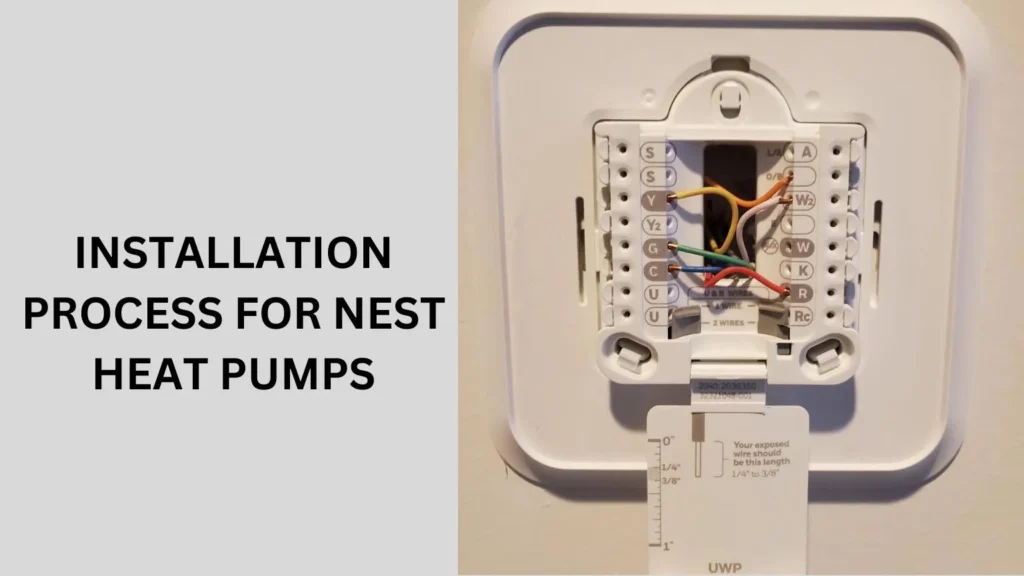
Installing a Nest heat pump correctly is essential for ensuring the chosen orientation functions optimally.
The process typically involves mounting the unit, connecting it to your home’s electrical system, and configuring the settings according to the recommended orientation.
Professional installation is recommended to avoid common mistakes and ensure seamless operation from the start.
Common Mistakes to Avoid
One common mistake homeowners make is incorrectly setting the orientation of their Nest heat pumps.
This can lead to inefficiencies, reduced performance, and potential system malfunctions. It’s crucial to follow manufacturer guidelines and seek expert assistance if unsure about the correct orientation settings.
Here are some common mistakes to steer clear of:
Incorrect Orientation Setting
One of the most critical errors is setting the Nest heat pump to the wrong orientation mode (O or B).
This can lead to the system operating inefficiently, consuming more energy than necessary, and struggling to maintain comfortable indoor temperatures.
DIY Installation without Proper Knowledge
Attempting to install the Nest heat pump yourself without adequate knowledge and expertise can result in improper installation.
This can lead to leaks, electrical issues, and overall system malfunctions. It’s best to rely on professional HVAC technicians for installation.
Neglecting Regular Maintenance
Ignoring routine maintenance tasks such as filter cleaning, system checks, and servicing can cause a decline in the heat pump’s performance over time.
Regular maintenance helps prevent breakdowns, improves efficiency, and extends the lifespan of the equipment.
Ignoring Manufacturer Guidelines
Not following the manufacturer’s guidelines and recommendations for operating the Nest heat pump can lead to suboptimal performance.
It’s essential to adhere to the specified settings, orientations, and maintenance schedules provided by Nest for optimal results.
Overlooking Environmental Factors
Failing to consider environmental factors such as local climate, temperature variations, and the specific layout of your home can impact the heat pump’s efficiency.
Adjusting settings based on seasonal changes and environmental conditions can help optimize performance.
Delaying Repairs
Ignoring signs of potential issues or delaying necessary repairs can exacerbate problems and lead to more significant malfunctions. Addressing minor issues promptly can prevent costly repairs and downtime in the long run.
Improper Sizing
Installing a Nest heat pump that is either too large or too small for your home’s heating and cooling needs can result in inefficiencies.
Proper sizing ensures the system operates efficiently and effectively and meets your comfort requirements.
Maintenance Tips for Nest Heat Pumps
Regular maintenance is key to keeping your Nest heat pump in top condition. Schedule periodic checks, clean or replace filters as needed, and address any issues promptly to prevent further damage.
Familiarize yourself with troubleshooting procedures outlined in the user manual to resolve common problems quickly.
People also ask
Does my heat pump use O or B?
To determine if your heat pump uses O or B, check the wiring and system configuration.
O (Orange): Typically used for cooling systems where the reversing valve is energized during cooling mode.
B (Blue): Used for heating systems where the reversing valve is energized during heating mode.
Should my thermostat be set to O or B?
Your thermostat should be set to O if the reversing valve is energized for cooling, and to B if the reversing valve is energized for heating.
Check your heat pump’s manual or consult with an HVAC technician to determine the correct setting for your specific system.
What do O and B mean on a heat pump?
On a heat pump, O and B refer to the reversing valve settings:
O (Orange): Energizes the reversing valve for cooling mode.
B (Blue): Energizes the reversing valve for heating mode.
What is the O and B wire on Nest?
On a Nest thermostat, the O and B wires are used to control the reversing valve in a heat pump system:
O wire: Energizes the reversing valve for cooling mode.
B wire: Energizes the reversing valve for heating mode.
Conclusion
In Conclusion, Nest Heat Pump Orientation O or B Mode, Choosing the right orientation—O or B—for your Nest heat pump is a critical decision that impacts its efficiency, performance, and longevity.
By understanding the differences, consulting expert advice, and prioritizing proper installation and maintenance,
you can maximize your heat pump’s benefits and enjoy a comfortable indoor environment year-round.
